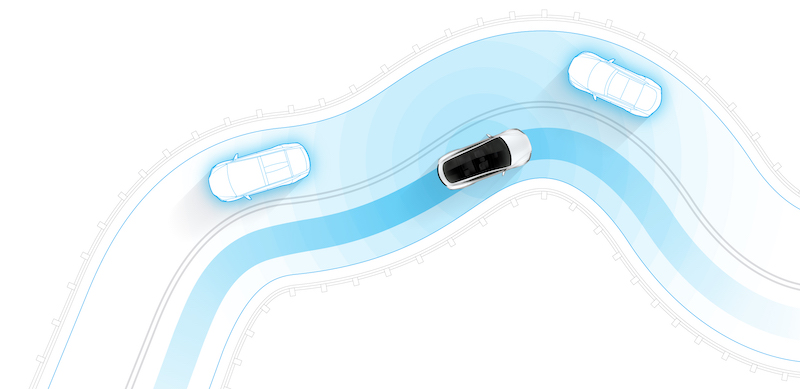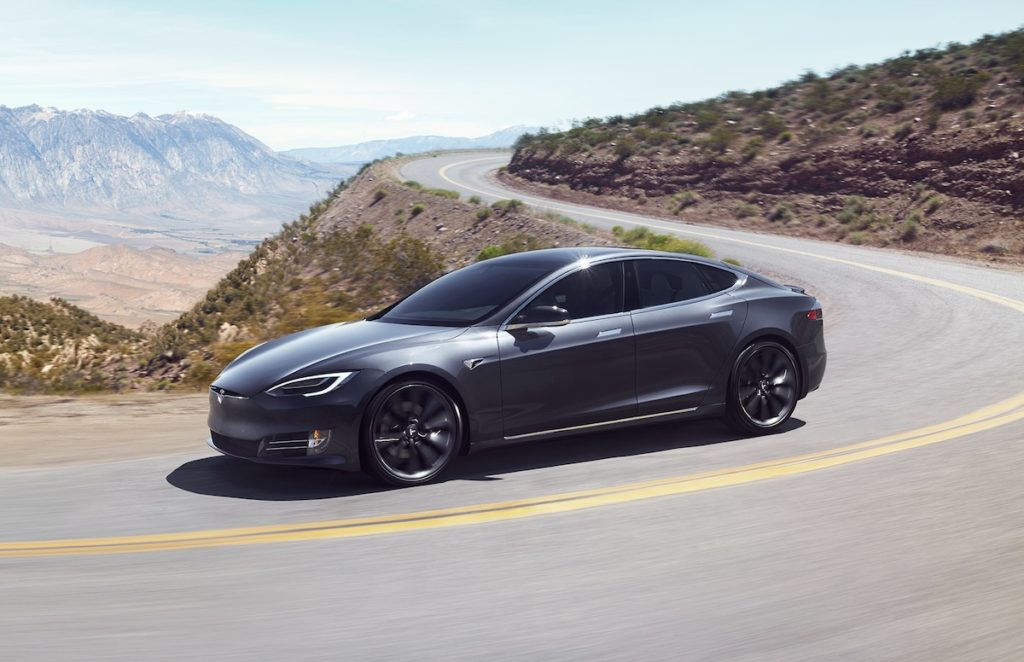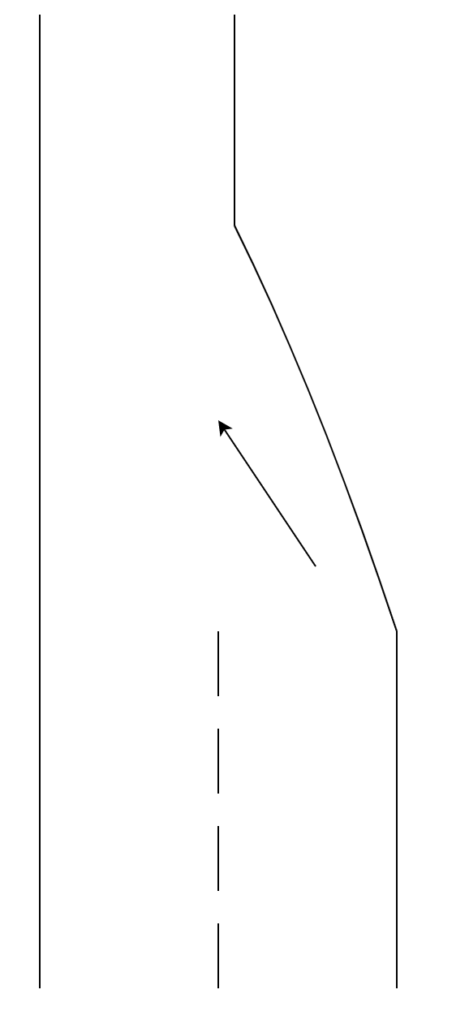I couldn’t resist the Tesla fever and finally took the plunge a few months ago. Since then, I have been absorbing the Tesla ecosystem and observing everything that it has to offer. I have been especially intrigued by the Autosteer (part of “Autopilot”) functionality because that’s one of the game-changing features that Tesla is offering. Here are a few odd behaviors of the system that I have observed so far. Note that most of the Autopilot features are currently in Beta, so I am always careful when using it, and I am also expecting that Tesla will work out these kinks as it continues to improve the system.

Getting to the Speed Limit
Many times when first engaging Autopilot, I noticed that the car would suddenly slow down. This behavior gave me a pretty bad first impression of the system and had me confused. After experimenting with it a bit, I realized that the sudden slowdown was because one of the roads that I regularly traveled on had an incorrect speed limit in Tesla’s maps.
This specific road had 55 mph posted speed limit, but Tesla’s maps showed 35 mph. So, as I engaged Autopilot, it suddenly slowed down to 40 mph because Tesla only allows up to 5 mph higher than the speed limit that it thinks is. Now, it also showed a warning that should have made this clear, but because of the sudden slowdown, I was distracted enough by the experience that I never connected the two.
I have noticed this same behavior in other cases where I am intentionally going slightly above the speed limit and engage Autopilot only to realize after it’s too late that the car will slow down suddenly! I feel that a better behavior would be a somewhat slower speed reduction.

Merging or Expanding Lanes
One of the other behavior that needs improvement is when Autopilot is engaged, and a lane merges or a new one is added. In both these cases, the car hesitates as it tries to decide the right behavior. For instance, going from two to one lane, there is a time when the lane that the car is traveling in gets wider as the other lane is merged.

In this case, the car will either go towards the right edge of the lane or try to center in the new temporarily-wide lane. The car ends up in the right place by the time the lanes have fully merged, but the danger is the confusion that it can cause for any cars behind you.
In the case where a new lane is added, it’s a hit or miss if the car will continue going in the correct lane. The car will hesitate for a bit before concluding which lane it will follow. Again, this hesitation will likely confuse any cars behind you.
Other Things
And then there are all the Tesla accident videos. Yes, some of these are old, and software and hardware updates might have already addressed these situations, but they are still worth noting.
- Tesla driver mows down 11 construction cones on video and blames Autopilot
- Tesla Autopilot crash caught on dashcam shows how not to use the system
- Video shows Tesla autopilot failing at site of fatal March crash
- Tesla Model X Autopilot Crash
Closing Thoughts
Yes, Autopilot has its flaws. I realize that Tesla crashes get a lot of attention because it’s relatively new. The numbers show that there are a lot more accidents without these features compared to the number of collisions caused by them. If nothing else, Tesla’s push is causing other manufacturers to invest a lot more in safety and convenience features like these than they would ever have by now. This, in turn, will result in these features being added to more cars and maturing a lot sooner.
